Windows to the Soul
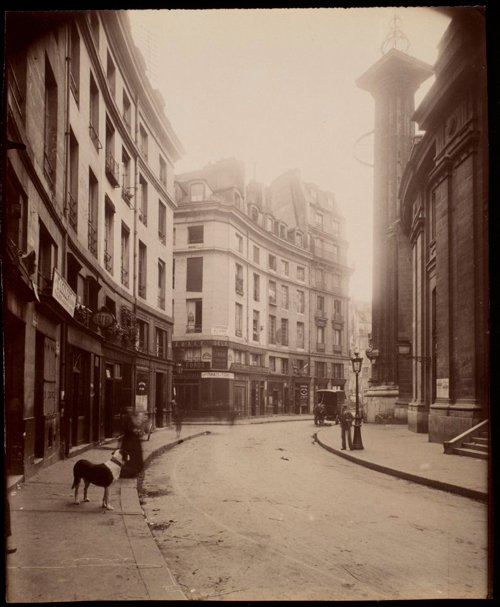 Rue de la Viarmes cote de la rue VannesPeople say eyes are the window to the soul, but the camera’s eye is the window to the soul of a place, a time, a subject, as well as to the soul of the one who first looked through the viewfinder and chose what to photograph.
Rue de la Viarmes cote de la rue VannesPeople say eyes are the window to the soul, but the camera’s eye is the window to the soul of a place, a time, a subject, as well as to the soul of the one who first looked through the viewfinder and chose what to photograph.
That is why I am mesmerised by old photographs; I am fascinated by history and the way people lived before us, what they thought and said. Of course still photography does not give as much information as video, but usually it is a distillation more poetic and poignant. It allows us as the viewer to pause and reflect, to hear the echo of the photograph within ourselves; to wonder and remember.
still photography … allows us as the viewer to pause and reflect, to hear the echo of the photograph within ourselves
Colour photography was first attempted in the 1840s – much longer ago than I imagined. Varying methods produced beautiful prints of washed out colour that certainly appeal to my personal aesthetic, but there is still something wonderful about antique sepia prints. There is a warmth and softness to sepia not found even in old black and white photographs. Sepia prints are created by applying a toner to black and white photographic prints. The metallic silver in a print is converted to a sulfide compound, and different processes result in variations of tone.
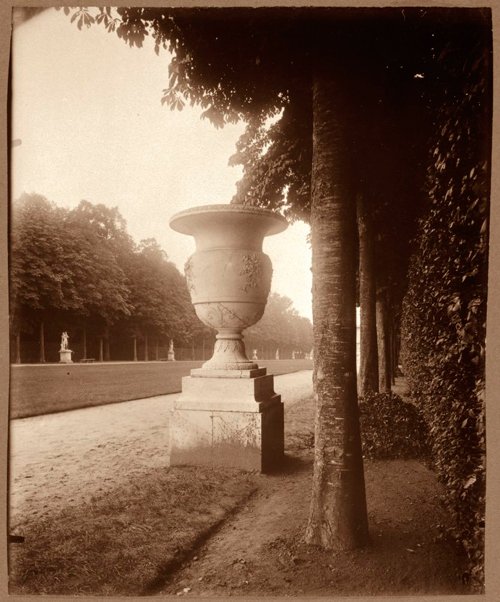 Versailles, coin de parc, 1902Born in Bordeaux, Eugène Atget (1857–1927) began practising photography in his 40s, after first working as a sailor in his youth, switching to acting (with indifferent success) and then briefly dabbling in painting. He finally found his métier and pursued it until his death. He was not experimental or progressive; he worked in techniques that were already old-fashioned – obviously because he liked the result. “He did however make photographs which for purity and intensity of vision have not been bettered.” (Looking at Photographs by John Szarkowski)
Versailles, coin de parc, 1902Born in Bordeaux, Eugène Atget (1857–1927) began practising photography in his 40s, after first working as a sailor in his youth, switching to acting (with indifferent success) and then briefly dabbling in painting. He finally found his métier and pursued it until his death. He was not experimental or progressive; he worked in techniques that were already old-fashioned – obviously because he liked the result. “He did however make photographs which for purity and intensity of vision have not been bettered.” (Looking at Photographs by John Szarkowski)
Atget catalogued Parisian life and culture with simplicity, honesty and a clarity of vision that did not waver for thirty years. Szarkowski continues: “Atget's work is unique on two levels. He was the maker of a great visual catalogue of the fruits of French culture, as it survived in and near Paris in the first quarter of this century. He was in addition a photographer of such authority and originality that his work remains a benchmark against which much of the most sophisticated contemporary photography measures itself.”
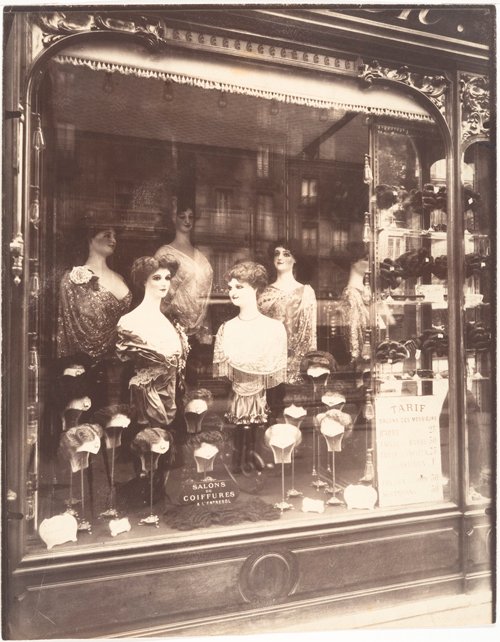 Boulevard de Strasbourg, 1910I remember working in a darkroom in high school, and later in my parents’ blacked-out laundry over the summer (it got hot!). All the manual work of traditional photography was so satisfying: fiddling with an enlarger, dipping prints in chemicals, experimenting with all kinds of techniques to alter prints somehow, clipping the results up to dry. Now digital photographer seems so antiseptic! There are no wonderful surprises that are the result of chance.
Boulevard de Strasbourg, 1910I remember working in a darkroom in high school, and later in my parents’ blacked-out laundry over the summer (it got hot!). All the manual work of traditional photography was so satisfying: fiddling with an enlarger, dipping prints in chemicals, experimenting with all kinds of techniques to alter prints somehow, clipping the results up to dry. Now digital photographer seems so antiseptic! There are no wonderful surprises that are the result of chance.
Scroll through this small collection of Atget’s pictures, or visit the archive at Atget Photography.
 Marchand de paniers en fil de fer, (merchant of wire baskets) 1899-1900
Marchand de paniers en fil de fer, (merchant of wire baskets) 1899-1900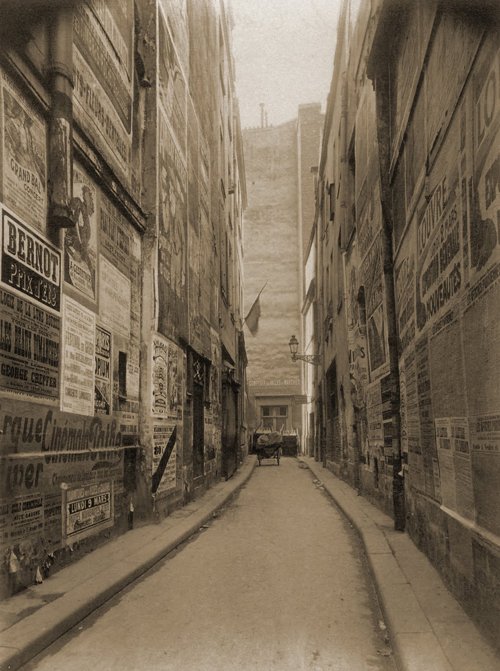 Impasse des Bourdonnais, 1908
Impasse des Bourdonnais, 1908 Organ-grinder, 1898–99
Organ-grinder, 1898–99 Boulevard de Strasbourg corsets, 1912
Boulevard de Strasbourg corsets, 1912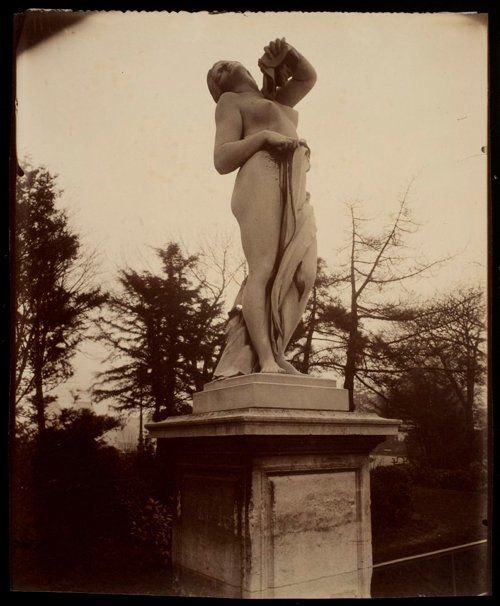 Tuileries, l’Aurore 1907
Tuileries, l’Aurore 1907 luxembourg, 1923-25
luxembourg, 1923-25 Parc de Sceaux, 1925
Parc de Sceaux, 1925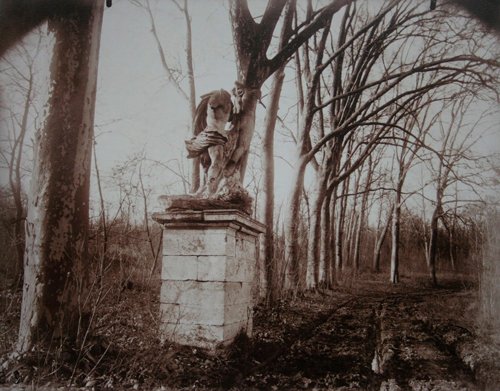 Parc de Sceaux
Parc de Sceaux Untitled (link broken)
Untitled (link broken)

